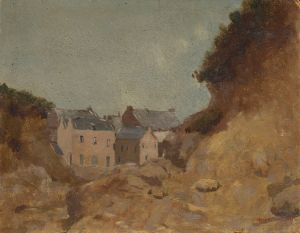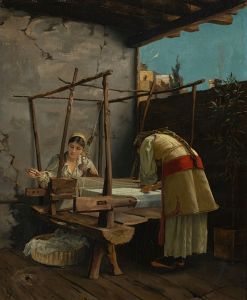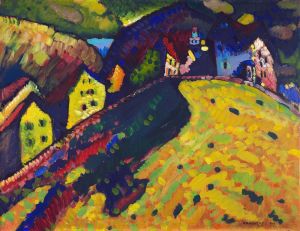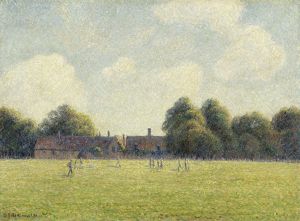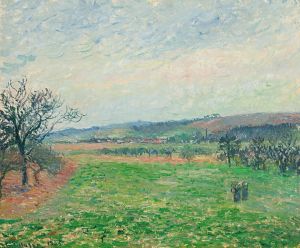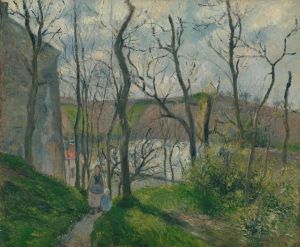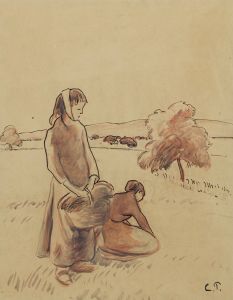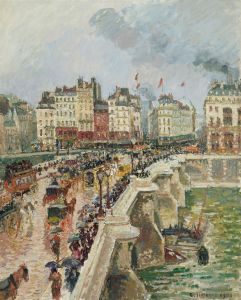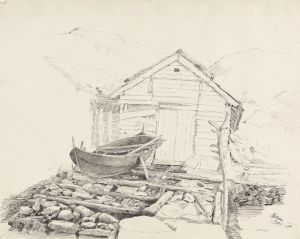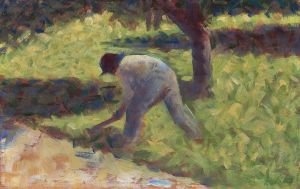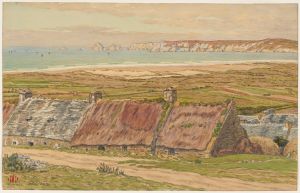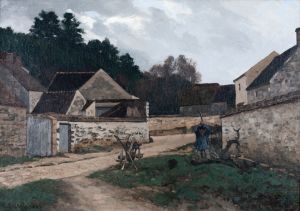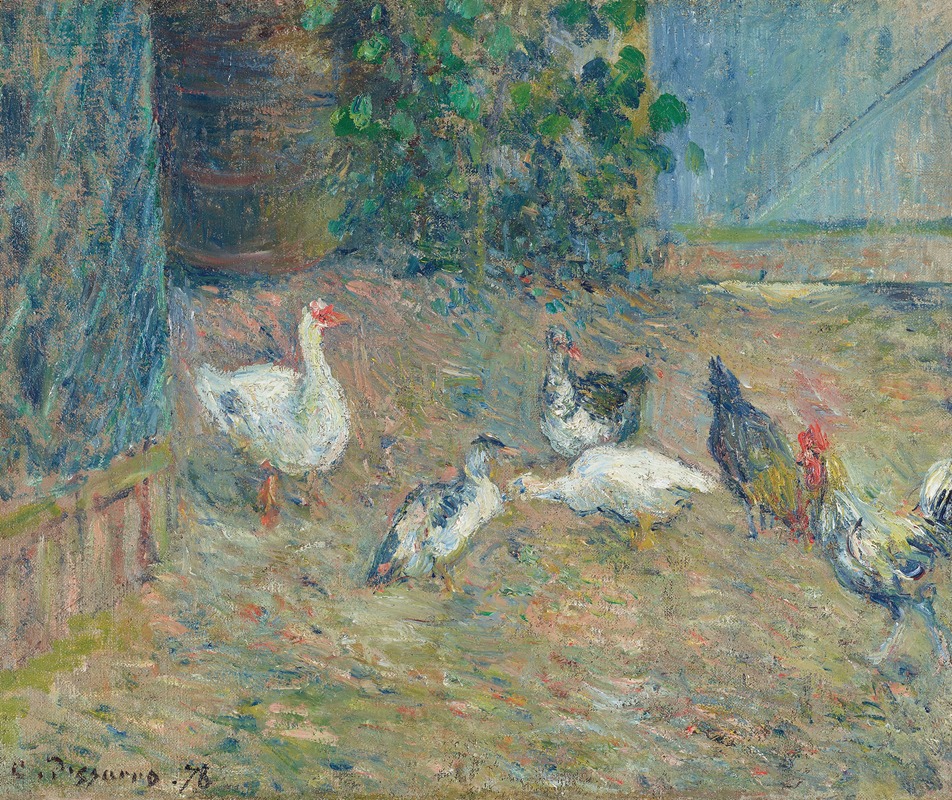
Poulailler à la maison rouge, Pontoise
A hand-painted replica of Camille Pissarro’s masterpiece Poulailler à la maison rouge, Pontoise, meticulously crafted by professional artists to capture the true essence of the original. Each piece is created with museum-quality canvas and rare mineral pigments, carefully painted by experienced artists with delicate brushstrokes and rich, layered colors to perfectly recreate the texture of the original artwork. Unlike machine-printed reproductions, this hand-painted version brings the painting to life, infused with the artist’s emotions and skill in every stroke. Whether for personal collection or home decoration, it instantly elevates the artistic atmosphere of any space.
"Poulailler à la maison rouge, Pontoise" is a painting by the renowned French artist Camille Pissarro, completed in 1877. Pissarro, a pivotal figure in the Impressionist movement, is celebrated for his contributions to landscape painting and his innovative approach to capturing light and atmosphere. This particular work exemplifies his mastery in depicting rural scenes with a focus on natural light and color.
The painting portrays a chicken coop situated near a red house in Pontoise, a commune in the northwestern suburbs of Paris. Pontoise was a significant location for Pissarro, as he lived and worked there for several years. The town and its surroundings provided him with a wealth of subjects, from bustling market scenes to tranquil rural landscapes. This setting allowed Pissarro to explore the interplay of light and shadow, a hallmark of his work during this period.
In "Poulailler à la maison rouge, Pontoise," Pissarro employs a soft, muted palette, characteristic of his style during the late 1870s. The painting captures the essence of rural life, with chickens scattered around the coop, set against the backdrop of the red house. The composition is carefully balanced, with the red house providing a striking contrast to the earthy tones of the surrounding landscape. Pissarro's brushwork is loose and fluid, a technique that enables him to convey the transient effects of light and atmosphere.
Pissarro's work during this time was heavily influenced by his interactions with other Impressionist artists, including Claude Monet and Paul Cézanne. His approach to painting was grounded in direct observation of nature, and he often painted en plein air, or outdoors, to capture the changing effects of light and weather. This method is evident in "Poulailler à la maison rouge, Pontoise," where the natural lighting plays a crucial role in the overall composition.
The painting reflects Pissarro's interest in the everyday lives of rural inhabitants, a theme that recurs throughout his oeuvre. By focusing on a simple chicken coop, Pissarro elevates a mundane subject to a work of art, inviting viewers to appreciate the beauty in ordinary scenes. His ability to infuse such scenes with a sense of tranquility and harmony is a testament to his skill as an artist.
"Poulailler à la maison rouge, Pontoise" is part of Pissarro's broader body of work that documents the rural landscapes of France during the late 19th century. His paintings from this period are noted for their innovative use of color and light, which would go on to influence subsequent generations of artists. Pissarro's commitment to capturing the essence of rural life and his pioneering techniques have cemented his legacy as a key figure in the development of modern art.
Today, Camille Pissarro's works, including "Poulailler à la maison rouge, Pontoise," are held in high esteem and can be found in major art museums and private collections around the world. His contributions to the Impressionist movement and his influence on the trajectory of modern art continue to be celebrated by art historians and enthusiasts alike.





